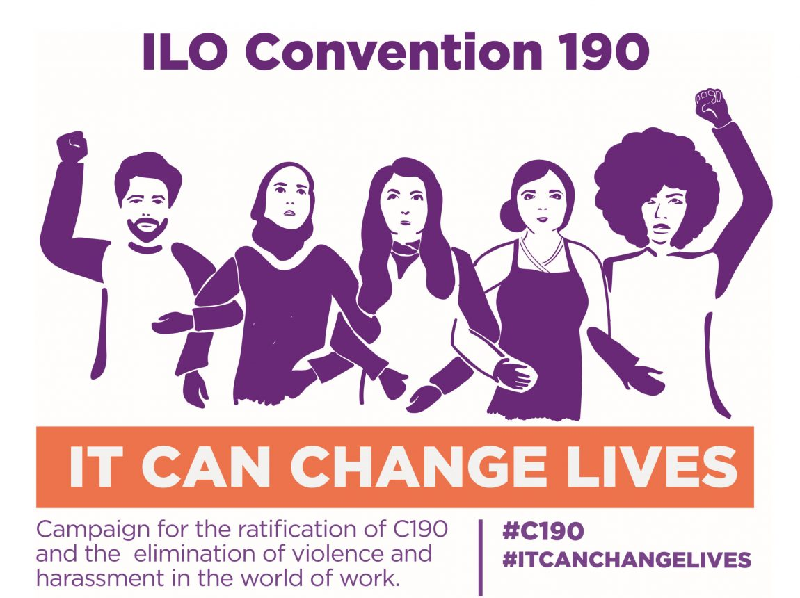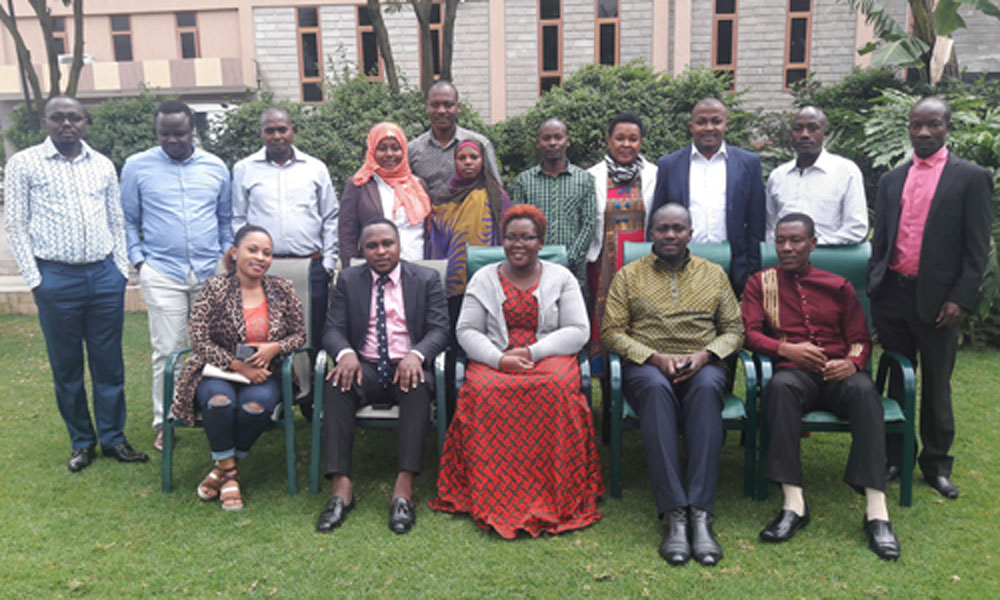Youth Employment Policies in East Africa

Despite the global economic and financial crisis of 2007 African countries have witnessed economic growth rates averaging 5 per cent for the period between late 1990s into the first decade of the second millennium.









